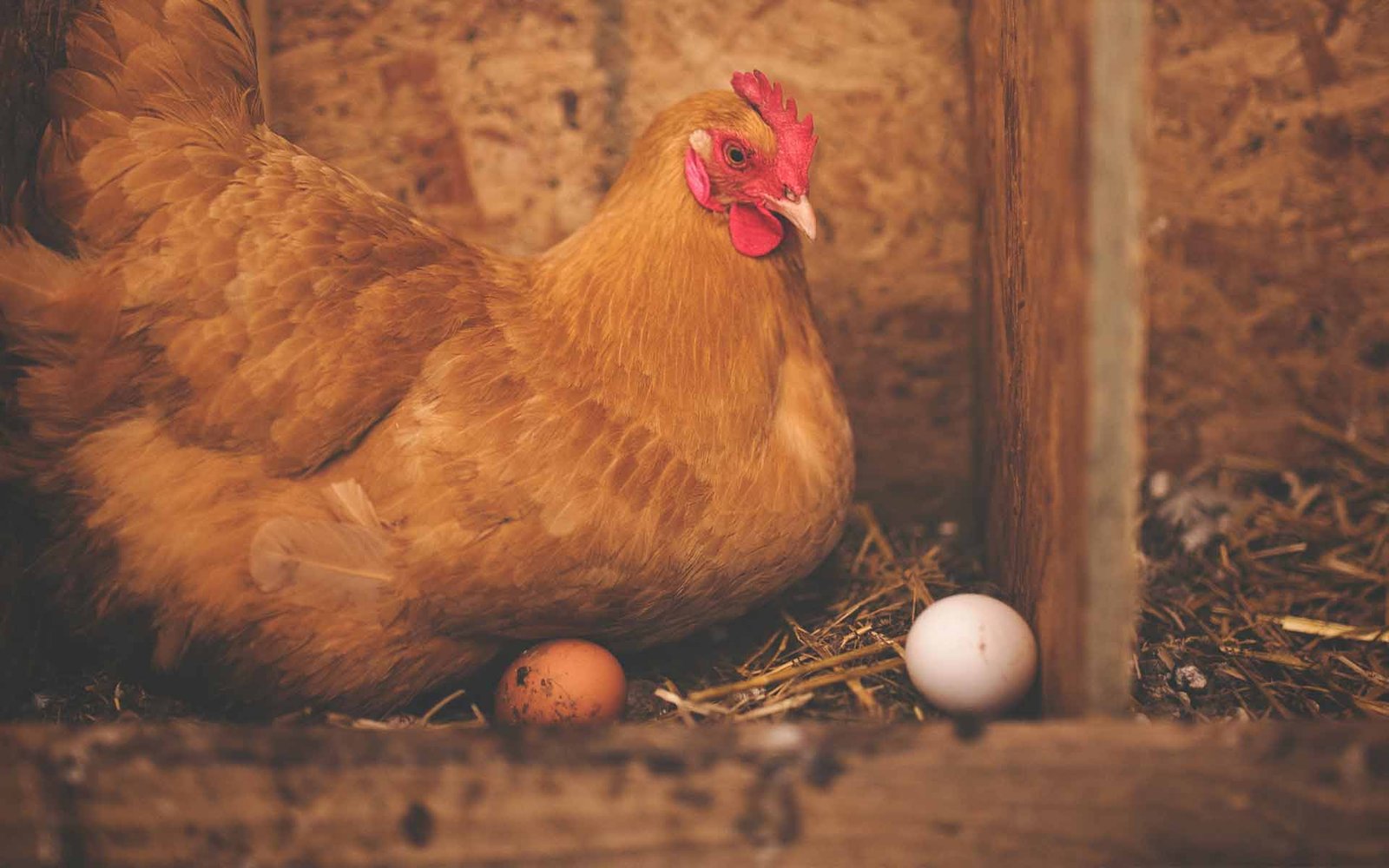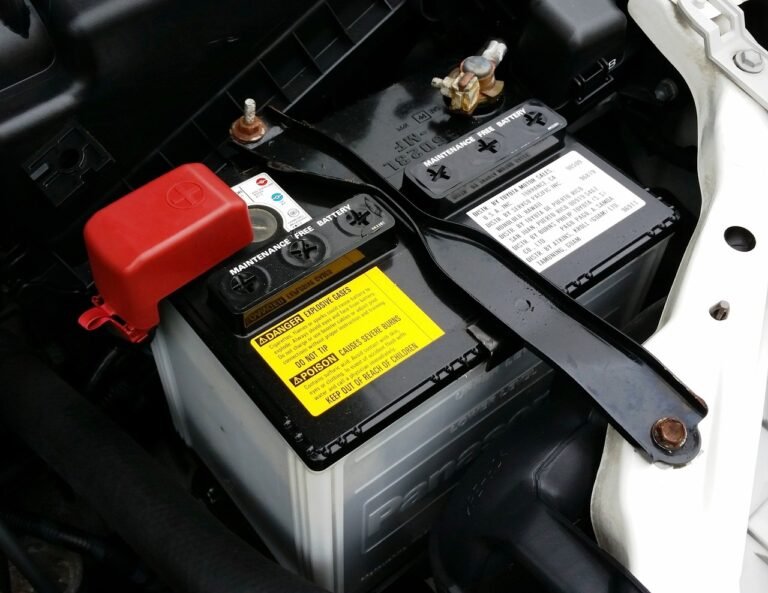We have all had that feeling before: opening a box of eggs, and realizing that more than half had been broken on the way home from the supermarket, whether it is accidentally hitting the box against the wall, or dropping the entire egg carton on the floor, eggs are delicious, present in the cuisines of almost every culture, and an indispensable ingredient in baking. However, egg shells are always so brittle, easily cracked even when dropped from just 2cm onto a hard table. However, have you actually considered the mechanism behind egg cracking?
When you drop an egg onto a table, what happens is the exertion of force onto the egg shell in a very short interval. Studies show a value of 0.0004s of duration of impact, where a relatively large force is delivered to the eggshell in a very short interval time.
Figure 1: Deformation of eggshell upon dynamic impact. Blue=prior to impact, Red=after impact
Observation of a high speed video of egg cracking allows us to see the result of such a dynamic impact. The egg shell is compressed and distorted by the collision, and due to the application of the impact force at such a short time interval, the stresses in the egg shell cannot be redistributed quickly enough for the eggshell to crack under the stress.
Which part of the egg is most likely to crack when dropped from the same height? That may be a question some people have considered. Intuitively, we may say it is the tip of the egg, which resembles a conical structure. However, that is exactly the opposite of reality! Eggs are the strongest at the equator, followed by the base, and crack most easily at the tip. This is because of surface curvature; the equator has the largest radius of curvature, allowing for a smaller change in the geometry of the egg when compressed, and also better distribution of stresses within the eggshell.
You may then wonder, the egg shell is made up of calcium carbonate, an ionic solid. In that case, shouldn’t the eggshell be resistant to cracking, since strong ionic interactions between the calcium and carbonate ions have to be broken for cracking to occur? However, the crystal lattice in the eggshell has many imperfections. When visualized under a scanning electron microscope, clear “ridges” and “cracks” can be seen on the eggshell. Cracking of the shell is hypothesized to occur along these imperfections of the eggshell. On the topic on the structure of the eggshell, have you realized that if damage to the shell is not so serious, while the shell is cracked, the content of the eggs do not leak out from the shell? This is because of a thin organic membrane on the inner side of the shell, which can remain intact even when the shell is cracked. In the creation of “bouncy eggs” by soaking the eggs in vinegar, the calcium carbonate eggshell is reacted away by the acid, leaving behind the organic membrane, making the egg appear deformable.
Hold on! I am sure many of you have watched the video of people putting 30kg of weights on a single egg. What is happening here? Why does the egg suddenly become ‘strong’? No magic is at play here; this is because in those experiments, the load applied to the eggs are slowly increased. This is quasi-static loading where there is hardly any deformation of the eggshell. This is because of the slow loading time allowing for redistribution of the stresses in the eggshell. No deformation would mean that the eggshell is not subjected to tensional stresses; and since past research reports the eggshell being weaker to tensional than compressive stresses, the eggshell is less likely to crack under such conditions.
You may then ask, if no deformation occurs, how does the eggshell eventually crack? We have to go back to the idea of deformations in the eggshell structure. Observing the eggshell, we observe the formation of cracks seemingly without any deformation (Figure 3), suggesting the failure of the faults within the eggshell when loading exceeds a certain point.
Consulting past research work, researchers have observed under a scanning electron microscope that such faults often run parallel to the egg surface, explaining the pattern of cracks observed in Figure 3, and that these faults, as with all eggshell imperfections as mentioned previously, occurs due to impurities during the calcium carbonate crystallization process.
In conclusion, the phenomenon of eggshell cracking is an everyday event but which has a lot of science behind it for analysis and discussion.
With reference to:
[1] Carter, T. C. (1976). The hens EGG: Shell forces at impact and quasi‐static compression. British Poultry Science, 17(2), 199-214.
[2] Carter, T. C. (1978). The hens egg: Shell breakage when two eggs collide. British Poultry Science, 19(3), 373-386.
[3] Tyler, C., & Geake, F. H. (1963). A study of various impact and crushing methods used for measuring shell strength. British Poultry Science, 4(1), 49-61.
[4] Heyn, A. (1963). The crystalline structure of calcium carbonate in the avian egg shell. Journal of Ultrastructure Research, 8(1-2), 176-188.
[5] Carter, T. C. (1970). The Hens egg: Factors affecting the shearing strength of shell material. British Poultry Science, 11(4), 433-449.
[6] Wei-Zang, C., Zhi-Zhong, W., Yin-Ge, X., & Shan-Lin, C. (1981). The symmetrical deformation of circular membrane under the action of uniformly distributed loads in its central portion. Applied Mathematics and Mechanics, 2(6), 653-668
[7] Stewart, D. A. (1973). A computer study of egg shell forces at impact on cage floors. British Poultry Science, 14(5), 431-444.









